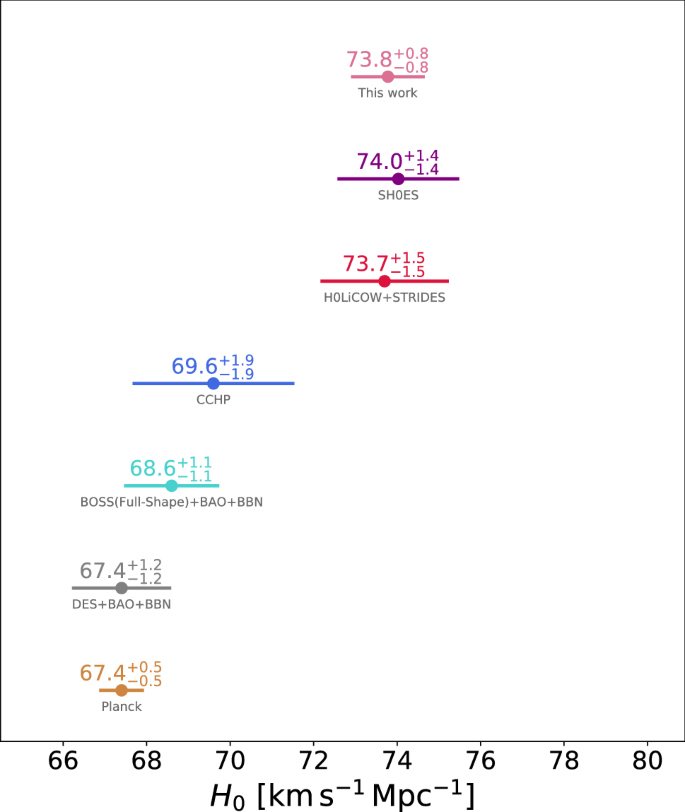

These indirect constraints can confirm that a given path exists but cannot rule out the existence of other paths. Constraints will therefore come from a combination of observables: masses, spins, distances, spectra and light curves of populations of black holes. Paths to seed formation and growth are not mutually exclusive. Studying the origins of MBHs is a multi-scale problem: from the Schwarzschild radius to cosmological scales, from subsecond events to the age of the Universe. The origins of MBHs may be from exotic mechanisms or may well lie in known physics - particle, plasma and condensed matter physics, gravity and dynamics - extrapolated to untested regimes.
#HO COSMIC VIEW 108 DRIVERS#
Gas accretion and black hole mergers are the drivers of their growth inside galaxies, but there are several bottlenecks in this journey. MBHs are not born ‘massive’ but must have grown by several orders of magnitude from ‘seed black holes’. Understanding the origins of MBHs goes hand in hand with understanding the origins of the structures inside the cosmic web.

The discoveries of quasars at cosmic distances and of giant dark massive objects in today’s galaxies provide evidence of the ubiquity of massive black holes (MBHs). We highlight and critically discuss current unsolved problems, touching on recent developments. This Review links three main topics: the channels of black hole seed formation, the journey from seeds to MBHs, and the diagnostics on the origins of MBHs. With several existing and upcoming facilities in the next 10–15 years, we foresee the possibility of discovering the avenues of formation of MBHs. Understanding the origins of MBHs straddles fundamental physics, cosmology and astrophysics, and bridges the fields of gravitational-wave physics and traditional astronomy. Seeds could have formed in the first galaxies or could be related to the collapse of horizon-sized regions in the early Universe. The origins of MBHs remain a mystery, and the recent detection by LIGO/Virgo of a black hole of almost 150 solar masses has revitalized the questions of whether there is a continuum between ‘stellar’ and ‘massive’ black holes, and what the seeds of MBHs are. Massive black holes (MBHs) inhabit galactic centres, and power luminous quasars and active galactic nuclei, shaping their cosmic environment with the energy they produce.


 0 kommentar(er)
0 kommentar(er)
